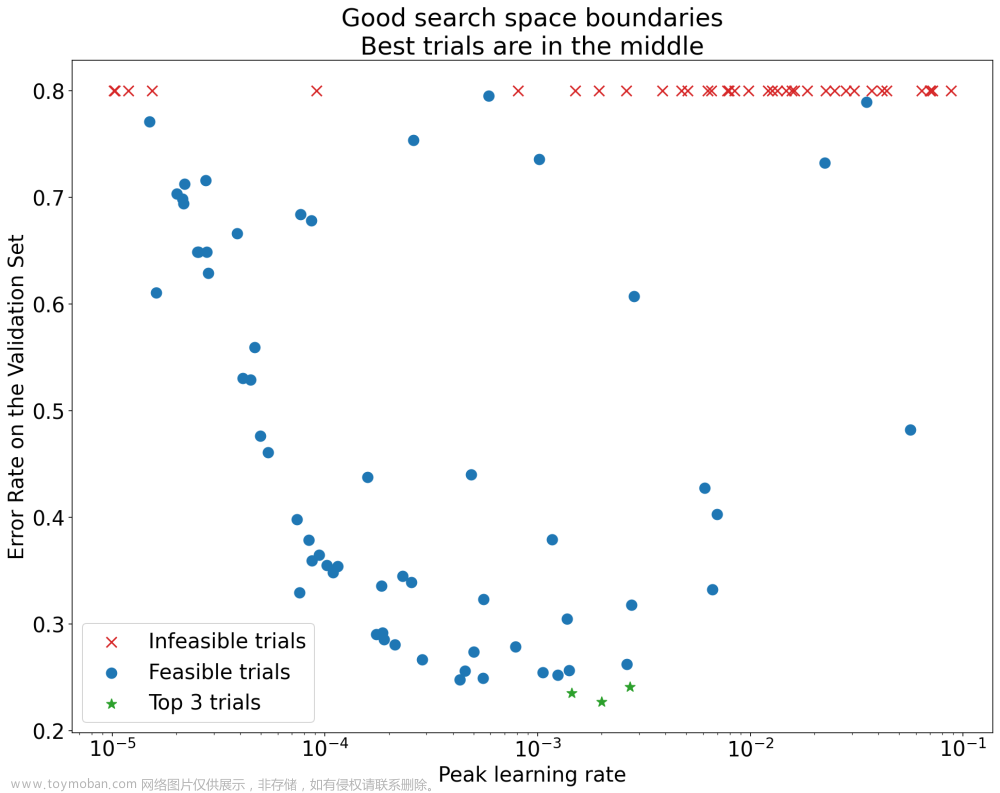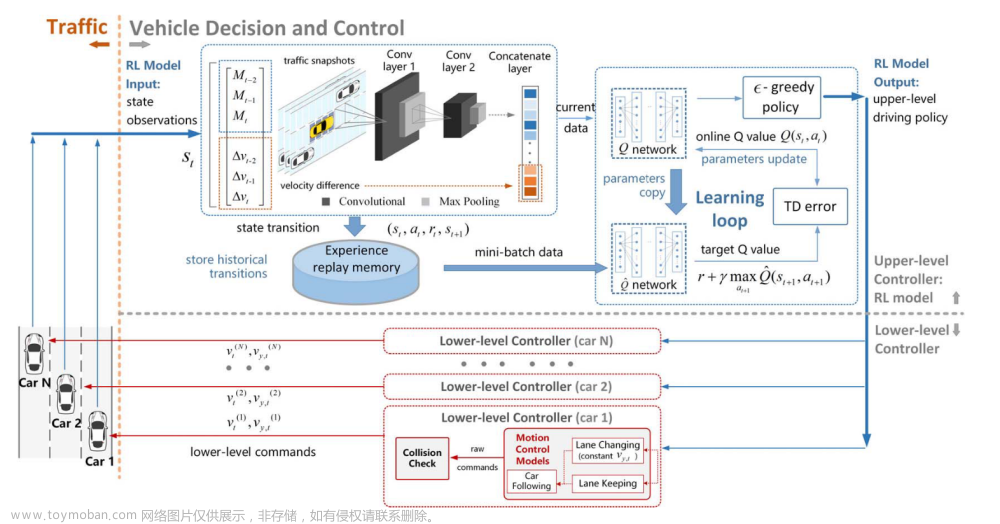1.
pandas数据读取和预处理
# import pandas and load dataset
import pandas as pd
names = ['Sex', 'Length', 'Diameter', 'Height', 'Whole_weight',
'Shucked_weight', 'Viscera_weight', 'Shell_weight', 'Rings']
data = pd.read_csv(data_file, header=None, names=names)
print(data) # [4177 rows x 9 columns]
type(data) # pandas.core.frame.DataFrame
data.isnull().values.any() # False (check if there are any missing values)
data.isnull().sum() # total no. of missing values in each column
data.isnull().sum().sum() # total no. of missing values in entire dataframe
data.dtypes
data["Rings"] = data["Rings"].astype(float) # convert from int64 to float64
data["Sex"] = data["Sex"].astype("category") # convert from object to category
data["Sex"]
data.dtypes
data.describe() # summary of data
data["Height"].describe() # summary of variable "Height" only
data["Sex"].value_counts() # summary of variable "Sex"
torch变量size
import torch
X = torch.arange(24).reshape(2, 3, 4)
len(X)
#output: 2len (X)总是返回第0轴的长度。
X.sum(axis=0).shape # torch.Size([3, 4])
X.sum(axis=1).shape # torch.Size([2, 4])
X.sum(axis=2).shape # torch.Size([2, 3])梯度计算

import torch
x = torch.tensor([1.0, 2.0], requires_grad=True)
y = torch.norm(x) # y is a fn of x
y # tensor(2.2361), torch.sqrt(torch.tensor(5.0))
#使用backward方法对y进行求导,即计算y相对于x的梯度
y.backward() # take gradient of y w.r.t. x by backward method
x.grad # tensor([0.4472, 0.8944])
#检查计算得到的梯度是否与手动计算的梯度相等,结果应为tensor([True, True])
x.grad == x/torch.norm(x) # tensor([True, True])
x = torch.tensor([0.0, 0.0], requires_grad=True)
y = torch.norm(x)
y.backward() #对y进行求导。
x.grad
#应为tensor([nan, nan]),因为在零向量上无法计算标准化。
#实际输出:tensor([0., 0.])
x = torch.tensor(0.0, requires_grad=True)
y = torch.abs(x)
y.backward()
x.grad
#输出:tensor(0.)因此,梯度是x的单位向量。在x = 0处的梯度在数学上是未定义的,但是自动微分返回零。要小心,在这种情况下可能会出现差异。
示例的数量不能除以批处理大小?
import random
import torch
from d2l import torch as d2l
data = d2l.SyntheticRegressionData(w=torch.tensor([2, -3.4]), b=4.2)
data.num_train # 1000
len(data.train_dataloader()) # 32, 1000 / 32 = 31.25
X, y = next(iter(data.train_dataloader()))
X.shape # torch.Size([32, 2])
y.shape # torch.Size([32, 1])
for i, batch in enumerate(data.train_dataloader()):
print(i, len(batch[0]))
# first 31 batches contain 32 examples each, last batch contain only 8
# https://pytorch.org/docs/stable/data.html
@d2l.add_to_class(d2l.DataModule) #@save
def get_tensorloader(self, tensors, train, indices=slice(0, None)):
tensors = tuple(a[indices] for a in tensors)
dataset = torch.utils.data.TensorDataset(*tensors)
return torch.utils.data.DataLoader(dataset, self.batch_size, shuffle=train,
drop_last=True)
# drop_last (bool, optional) – set to True to drop last incomplete batch
# if dataset size is not divisible by batch size. If False and dataset size is
# not divisible by batch size, then last batch will be smaller. (default: False)
len(data.train_dataloader()) # 31, 1000 // 32 = 31
for i, batch in enumerate(data.train_dataloader()):
print(i, len(batch[0]))
# only 31 batches containing 32 examples each, last batch with 8 is dropped2.
不同loss函数下的线性回归实现
import random
import torch
from torch import nn
from d2l import torch as d2l
#数据
data = d2l.SyntheticRegressionData(w=torch.tensor([2, -3.4]), b=4.2)
# MSE loss (Section 3.5.2 "Defining the Loss Function" of textbook)
@d2l.add_to_class(d2l.LinearRegression) #@save
#使用了@d2l.add_to_class装饰器来将loss方法添加到LinearRegression类中。
#然后,在loss方法中,使用nn.MSELoss来计算预测值y_hat和真实值y之间的均方误差损失。
def loss(self, y_hat, y):
fn = nn.MSELoss()
return fn(y_hat, y)
model = d2l.LinearRegression(lr=0.03)
trainer = d2l.Trainer(max_epochs=5)
trainer.fit(model, data)
w, b = model.get_w_b()
print(f'error in estimating w: {data.w - w.reshape(data.w.shape)}')
print(f'error in estimating b: {data.b - b}')
# Change loss fn to L1Loss ( https://pytorch.org/docs/stable/nn.html#loss-functions )
@d2l.add_to_class(d2l.LinearRegression) #@save
def loss(self, y_hat, y):
fn = nn.L1Loss()
return fn(y_hat, y)
model2 = d2l.LinearRegression(lr=0.03)
trainer = d2l.Trainer(max_epochs=5)
trainer.fit(model2, data)
w, b = model2.get_w_b()
print(f'error in estimating w: {data.w - w.reshape(data.w.shape)}')
print(f'error in estimating b: {data.b - b}')
MSE损失(通过取目标和输出之间的差值的平方)对离群值更敏感,而L1损失只考虑差值的绝对大小,并且对离群值更有弹性。

Huber的损失结合了MSE和L1损失函数的最佳特性。当目标和输出之间的差值较小时,它减少到MSE损失,但当差值较大时,它等于L1损失。这样,当远离收敛时,它对L1损失等异常值具有鲁棒性,但在接近收敛时,它更稳定,并像MSE损失一样平滑收敛。它在所有点上也都是可微的。δ参数还允许用户控制损失函数对误差大小的敏感性。
交叉熵
参数化的ReLU

pReLU比ReLU更灵活,因为它有一个额外的参数α,可以与模型中的其他参数一起进行训练。当对于x < 0的ReLU函数消失时,对于x < 0的pReLU是非零的,它解决了负输入的“垂死”ReLU问题。它可能比ReLU更有效地解决消失的梯度。文章来源:https://www.toymoban.com/news/detail-832894.html
3.
MLP的等价解
MLP中变量的依赖性
dropout
dropout和重量衰减可以同时应用,以减少过拟合。权值衰减限制了权值的大小,而dropout则通过防止对特定节点的过度依赖而提高了泛化。与只使用权重衰减时相比,当dropout与权重衰减一起使用时,验证损失和精度的曲线更平滑,波动更小。文章来源地址https://www.toymoban.com/news/detail-832894.html
4.
到了这里,关于deep learning 代码笔记的文章就介绍完了。如果您还想了解更多内容,请在右上角搜索TOY模板网以前的文章或继续浏览下面的相关文章,希望大家以后多多支持TOY模板网!













